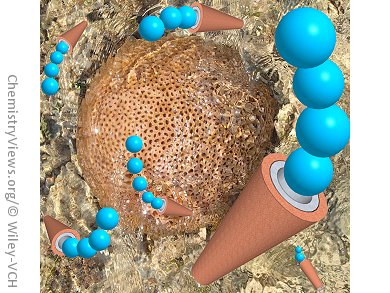The availability of clean drinking water is of utmost importance for the world population. Anthropogenic pollutants of waters, such as heavy-metal ions, are major problems in water contamination. The response of living organisms towards aquatic contamination has been one of the frontlines of defense against the pollution of water bodies. Behavioral studies and mortality rates of fish have been demonstrated to both identify and quantify the amount of contaminants in water. However, given the absence of clear guidelines, consistency, and the sheer human capital and technological intensiveness required for such a setup, the implementation is extremely difficult.
Martin Pumera and co-workers, Nanyang Technological University, Singapore, tackle this problem by replacing biological toxicity assays, which use higher organisms, with artificial inorganic self-propelled microtubular robots. The viability and activity of these robots are negatively influenced by heavy metals, such as Pb2+, in a similar manner to the viability of fish models. This allows the establishment of a lethal dose (LD50) of heavy metal for artificial inorganic microfish robots.
The self-propelled microfish robots show a specific response to Pb2+ compared to Cd2+, upon Pb(NO3)2 and Cd(NO3)2 poisoning, respectively. The differentiating behavior of Pb2+ with inorganic Pt microfish robots allows the selective detection of Pb2+ over Cd2+ in water. This is a possible first step towards replacing biological toxicity assays with biomimetic inorganic autonomous robotic systems.
- Biomimetic Artificial Inorganic Enzyme-Free Self-Propelled Microfish Robot for Selective Detection of Pb2+ in Water,
James Guo Sheng Moo, Hong Wang, Guanjia Zhao, Martin Pumera,
Chem. Eur. J. 2014.
DOI: 10.1002/chem.201304804




